Python
Dev
0

Image Credit: Dev
I built a File Sharing App in Python (with Auto Discovery + Drag & Drop). Here is what I learned.
- The article discusses the author's experience in building a Python file-sharing app over local networks.
- The app features a graphical interface using Tkinter, with separate tabs for sender and receiver functionalities.
- Sender side includes auto-discovery of hosts, drag and drop support, port selection, and file integrity check.
- Receiver side allows choosing listening ports, selecting save folders, and start/stop receiving options.
- The project utilizes Python libraries like socket, threading, tkinterdnd2, with no external dependencies.
- The author built the app to overcome perfectionism, learn practical networking concepts, and avoid overthinking.
- Challenges encountered included broadcasting issues with VMs, real-world experimentation, and utilizing GitHub Copilot.
- Lessons learned include the importance of modularity in code structure, debugging, and breaking projects into modules.
- The GitHub repository 'File-Share' contains the full code for the peer-to-peer file-sharing app with various features.
- The project summary showcases the app's capabilities like one-to-one file transfers, host discovery, drag & drop, and integrity checks.
- The article encourages sharing work without fear, highlighting the joy of learning, progress, and celebrating small victories.
Read Full Article
Like
Dev
299

Image Credit: Dev
Build a Policy-Based Access System in Python
- A developer shares the frustration of scattered permission checks in the API codebase, proposing a policy-based access system in Python to simplify implementation.
- Requirements include the ability to compose different rules, easy integration into existing codebase, and ensuring fast rejection of queries.
- Implementation involves decorators for applying access policies, policies for defining access rules, and the use of pre-execution and post-execution checks for efficient access control.
- The policy-based access system addresses challenges like scattered permission logic, code duplication, resource-dependent access control, and enhances maintainability.
Read Full Article
18 Likes
Medium
317
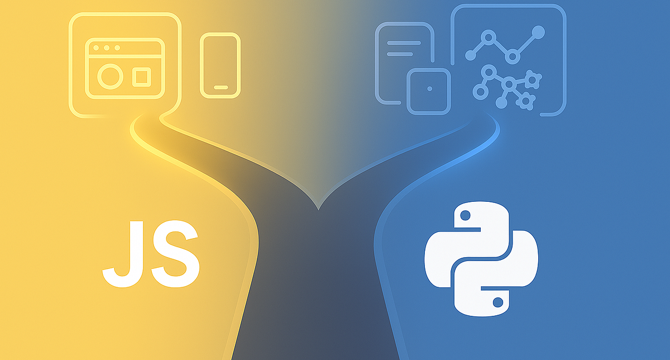
Image Credit: Medium
Python vs. JavaScript: Which Path Should You Choose in 2025?
- Python and JavaScript are both powerful and popular programming languages, each with its own strengths and applications.
- Python's emphasis on readability and simplicity makes it a leader in data science, machine learning, and scientific computing.
- JavaScript, born for web interactivity, powers modern web applications from user interfaces to server-side development.
- Choosing between Python and JavaScript depends on aligning language strengths with personal interests and project goals.
- The article delves into core differences, ecosystems, performance, scalability, use cases, and job markets of Python and JavaScript.
- Python's clean syntax and 'batteries-included' philosophy enhance readability and enable rapid prototyping.
- JavaScript's flexibility, event-driven nature and multiple paradigms contribute to its versatility and dominance in web development.
- Both languages offer multi-paradigm support, with Python excelling in data science and AI, while JavaScript shines in frontend and full-stack development.
- JavaScript's ecosystem includes robust frontend frameworks like React, Vue.js, Angular, and backend power with Node.js.
- Python's rich ecosystem includes libraries like NumPy, Pandas, and TensorFlow for data analysis, machine learning, and backend web development.
Read Full Article
19 Likes
Medium
247
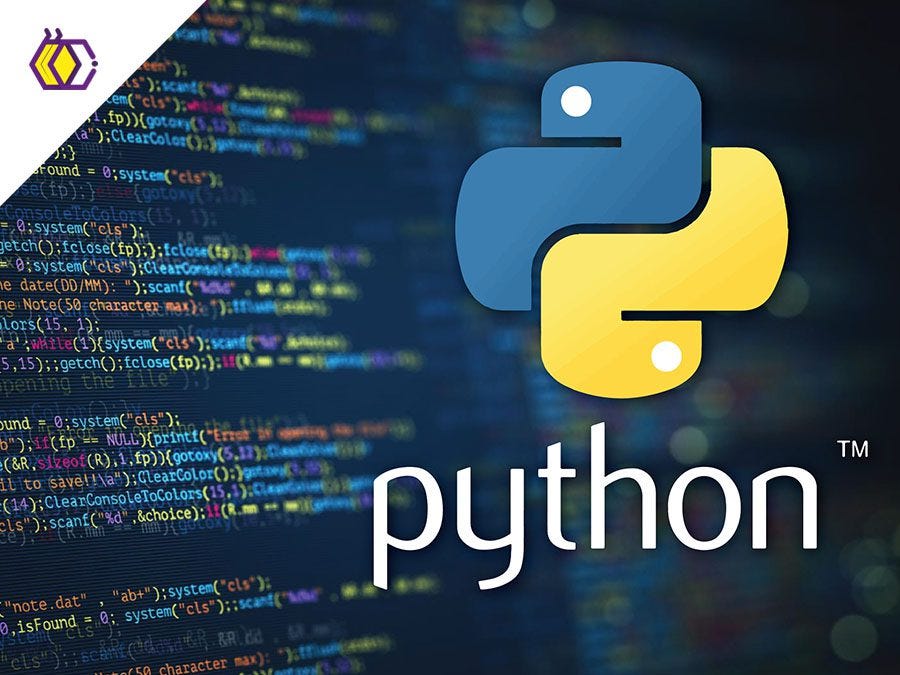
Image Credit: Medium
A Comprehensive Guide to Python Programming
- Python is a preferred choice for developers due to its features and simplicity.
- To start programming in Python, you need to install it on your machine and check the installed version.
- Python supports various data types, variables without type declaration, and control structures like if-else.
- Python also includes features such as loops, functions, modules, OOP principles, vast libraries, and package manager (pip).
Read Full Article
14 Likes
Discover more
Medium
404
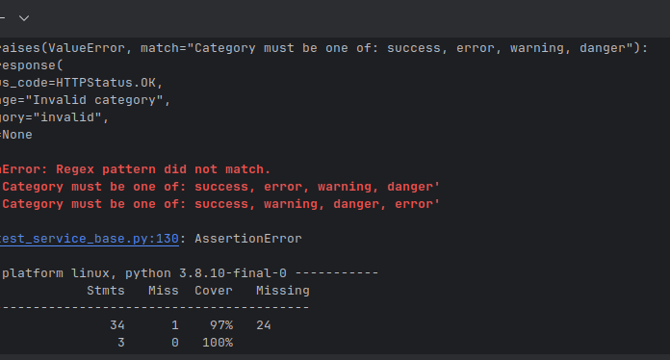
Image Credit: Medium
Why Your Python Test Regex Isn’t Matching. The Hidden Gotcha with Sets
- The issue with Python regex not matching can be due to the unordered nature of sets in Python.
- The unordered nature of sets causes the order of items to not be guaranteed when joined into a string for comparison, leading to test failures.
- To resolve this issue, it is suggested to sort the set before joining to ensure a predictable order for comparison.
- Sorting the set ensures that the order of elements will be consistent, allowing for accurate matching in tests.
Read Full Article
24 Likes
PlanetPython
335
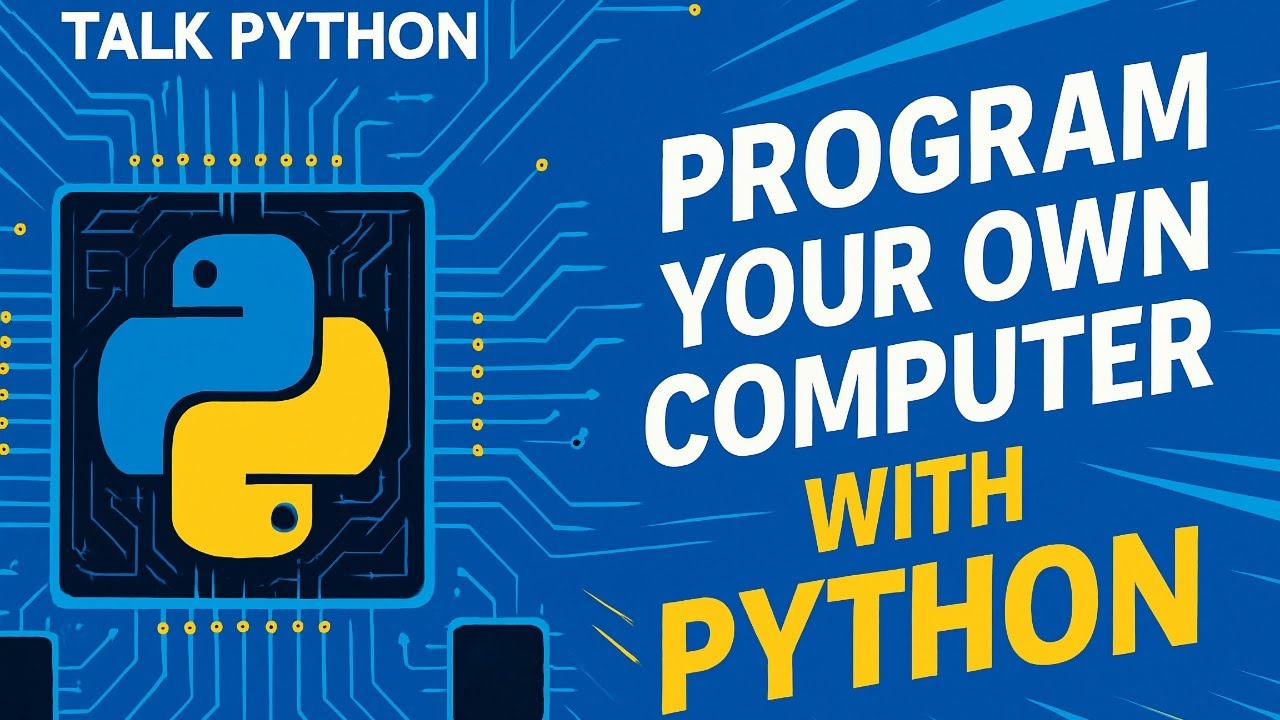
Image Credit: PlanetPython
Talk Python to Me: #508: Program Your Own Computer with Python
- Episode #508 of Talk Python to Me features Glyph discussing the concept of programming your computer with Python.
- The episode explores using various tools and frameworks to integrate with platform APIs like macOS's BrowserKit and Windows' COM APIs to build more productive desktop apps.
- Some of the links mentioned in the show include Glyph's Mastodon and GitHub profiles, Notify Py, Rumps, QuickMacHotkey, QuickMacApp, LM Studio, Coolify, PyWin32, WinRT, PyObjC, PyObjC Documentation, and a link to watch the episode on YouTube.
- Listeners can stay connected with Talk Python through YouTube, Bluesky, and Mastodon, as well as follow Michael Kennedy on Bluesky and Mastodon.
Read Full Article
20 Likes
Dev
91

Image Credit: Dev
esProc SPL: Equivalent to the Python-enhanced DuckDB
- esProc SPL is an 'all-in-one toolbox' with built-in Python capabilities, offering excellent support for file handling and data binarization with superior speed compared to reading CSV directly.
- While esProc does not support window functions in SQL, it provides a simpler alternative with its native language, SPL, making complex tasks easier to handle without cumbersome queries.
- esProc SPL excels in flow control operations and complex calculations that SQL may struggle with. It offers comprehensive computing capabilities and robust flow control mechanisms, outperforming Python-enhanced DuckDB in certain scenarios.
- Compared to the fragmented approach of combining SQL and Python in DuckDB, esProc SPL integrates core Python capabilities directly for a more seamless desktop data analysis experience.
Read Full Article
5 Likes
Dev
187

Image Credit: Dev
From Scratch: Building HTTP/2 and WebSocket with Raw Python Sockets
- The article discusses the implementation of HTTP/1.0, HTTP/2.0, and WebSocket protocols using pure Python sockets to understand their communication principles.
- For HTTP/1.0, the article covers server-side steps like creating a TCP socket, parsing request data using regex, and generating response data.
- HTTP/1.0 features short connections, request parsing with regex, and manual response construction for accurate headers.
- The simplified HTTP/2.0 implementation focuses on handling GET request headers and data frames, excluding HPACK compression and multiplexing support.
- HTTP/2.0 frame structure includes length, type, flags, and stream identifier, utilizing binary framing for multiplexing.
- WebSocket protocol involves an HTTP handshake and binary frame communication for full-duplex communication, with functions for parsing and building frames.
- Comparison of HTTP/1.0, HTTP/2.0, and WebSocket features highlights connection methods, protocol formats, header handling, and typical usage scenarios.
- Limitations of pure socket implementation include performance issues, security gaps, and lack of protocol intricacies handling, recommending mature libraries for production environments.
- The article concludes by emphasizing a deep understanding of network protocols, the importance of using libraries/frameworks in production, and the efficiency of WebSocket for real-time communication.
- Leapcell is recommended as a serverless web hosting platform supporting multiple languages, unlimited projects, pay-as-you-go pricing, and comprehensive documentation.
- Leapcell enables developers to deploy projects in their preferred languages with seamless scalability and transparent pricing, followed by resources for further exploration.
Read Full Article
11 Likes
PlanetPython
100
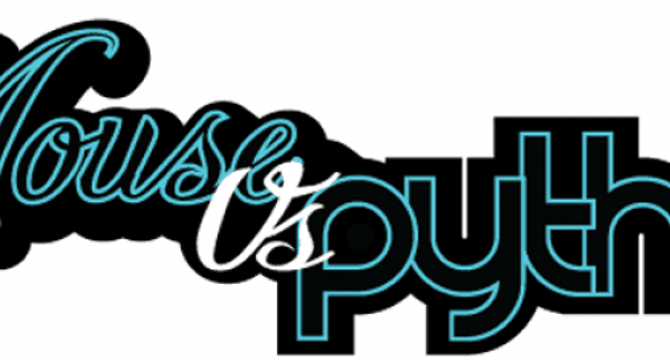
Image Credit: PlanetPython
Mike Driscoll: Parsing XML Comments with Python
- XML is a markup format used for data serialization or configuration.
- Python's xml module provides a way to uncomment lines in an XML file.
- A custom parser is needed to edit comments in XML with Python.
- Using XMLParser with insert_comments set to True allows to work with XML comments effectively.
Read Full Article
6 Likes
Dev
239

Image Credit: Dev
Build an LLM Web App in Python from Scratch: Part 2 (Streamlit & FSM)
- The article discusses building an AI-powered image generator via an interactive web application where users can generate images from text prompts and provide feedback within a user-friendly interface.
- Python tools used include Streamlit for web app conversion, PocketFlow for workflow management, and Finite State Machine (FSM) for tracking the process.
- Streamlit is highlighted for simplifying web app development without requiring HTML/CSS skills and its 'rerun' model that re-executes the Python script each time a user action occurs.
- An example of a simple click counter web app using Streamlit is provided.
- PocketFlow is used to organize the workflow with Nodes acting as building blocks for different steps like getting user input, AI image generation, and user feedback.
- The article also introduces the concept of Finite State Machines (FSMs) for managing interactive web states, providing a framework to guide the app through different screens or modes.
- The FSM ensures the app remains responsive and helps in transitioning between different states based on user actions.
- A complete working example integrating PocketFlow, Streamlit, and FSM is offered for reference.
- The FSM approach enhances the interactive user experience of the PocketFlow workflow and allows for seamless transitions between states.
- The article concludes by emphasizing the power of the FSM approach, clean code maintenance, Streamlit compatibility, and user-friendliness in AI app development.
- The future direction of the tutorial series includes adding real-time features with FastAPI and WebSockets for live interactions and updates.
Read Full Article
14 Likes
Arxiv
100

Image Credit: Arxiv
N$^2$: A Unified Python Package and Test Bench for Nearest Neighbor-Based Matrix Completion
- Nearest neighbor (NN) methods have become popular for matrix completion due to their strong empirical performance and recent theoretical guarantees.
- The paper introduces N$^2$, a unified Python package and testbed that consolidates a range of NN-based methods for rapid experimentation and benchmarking.
- A new NN variant introduced in the framework achieves state-of-the-art results in various settings, outperforming classical methods in real-world scenarios.
- The release includes a benchmark suite of real-world datasets to test matrix completion methods beyond synthetic scenarios such as healthcare, recommender systems, causal inference, and LLM evaluation.
Read Full Article
6 Likes
Arxiv
305

Image Credit: Arxiv
Torch-Choice: A PyTorch Package for Large-Scale Choice Modeling with Python
- Torch-Choice is an open-source library for choice modeling with Python and PyTorch, providing a ChoiceDataset data structure for efficient database management.
- The package includes models like multinomial logit and nested logit, supporting regularization during model estimation.
- It allows GPU utilization for scaling to large datasets with computational efficiency and offers flexibility in model initialization.
- The package's computational efficiencies are compared with mlogit in R, showcasing scalability on large-scale datasets.
Read Full Article
18 Likes
Medium
65

Image Credit: Medium
Why Python Is the Best Language to Start Your Data Analytics Journey
- Python is considered the best language to start your data analytics journey due to its beginner-friendly nature and simplicity.
- It is recommended even for those who have never written a line of code before, making it accessible for total beginners.
- Python is highlighted as the easiest and most approachable way to begin learning data analytics, providing a smooth entry point into the field.
- The article also offers a list of free resources for readers to start learning Python immediately after reading.
Read Full Article
3 Likes
Dev
423

Image Credit: Dev
🔤 Beginner-Friendly Guide to Solving "Lexicographically Smallest Equivalent String" | LeetCode 1061 (C++ | JavaScript | Python)
- The problem involves transforming characters in a given string to the lexicographically smallest equivalent characters using predefined relationships.
- A Disjoint Set Union (DSU) approach is used to group connected characters and replace each with the smallest character in its group.
- The provided C++, JavaScript, and Python implementations showcase the DSU operations needed for solving the problem efficiently.
- Test cases and complexity analysis are included to validate and understand the efficiency of the solution.
Read Full Article
25 Likes
PlanetPython
82

Image Credit: PlanetPython
Wingware: Wing Python IDE Version 11 - June 5, 2025
- Wing Python IDE version 11 is now available with enhancements in AI assisted development, package management with uv, Python code analysis improvements, updated UI localizations, and diff/merge enhancements.
- AI assisted development features in Wing 11 now support multiple AI providers such as Claude, Grok, Gemini, OpenAI, Perplexity, Mistral, Deepseek, and others. Users can now utilize AI Coder and AI Chat for code-related tasks and requests.
- Wing Pro 11 introduces support for the uv package manager in project creation and the Packages tool. Additionally, Python code analysis has been enhanced to include better support for literals, type aliases, typing.Self, and more.
- Wing 11 also updates UI localizations for German, French, and Russian, and offers an experimental AI-generated Spanish localization. Other features include improved diff/merge functionality, custom key binding UI enhancements, and various minor fixes and improvements.
Read Full Article
4 Likes
For uninterrupted reading, download the app